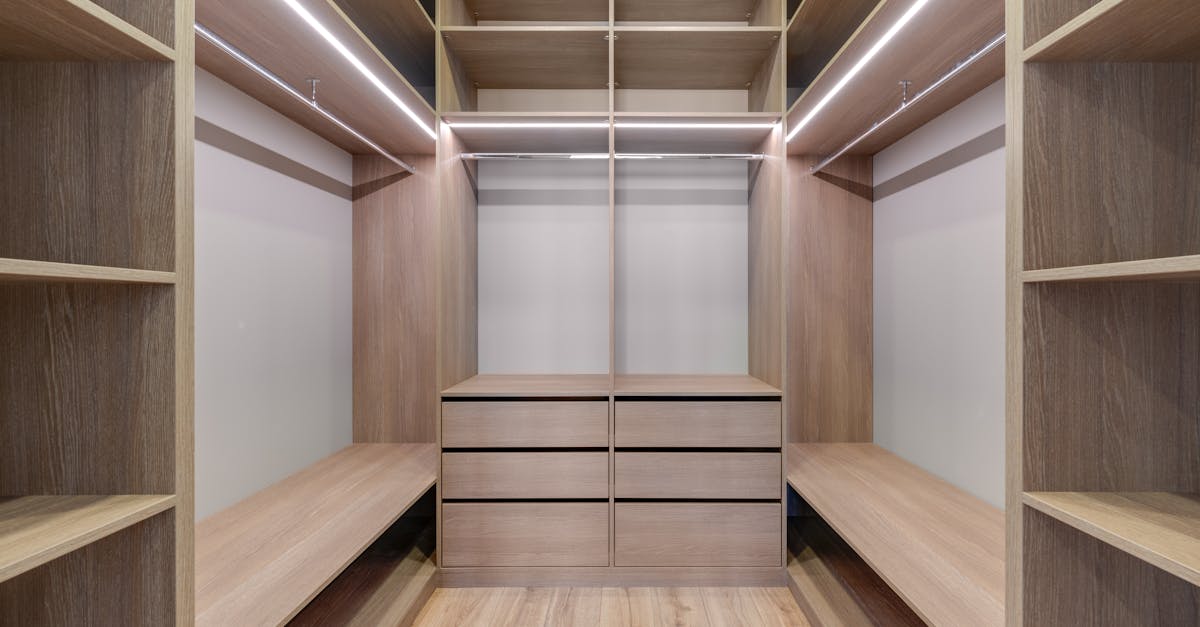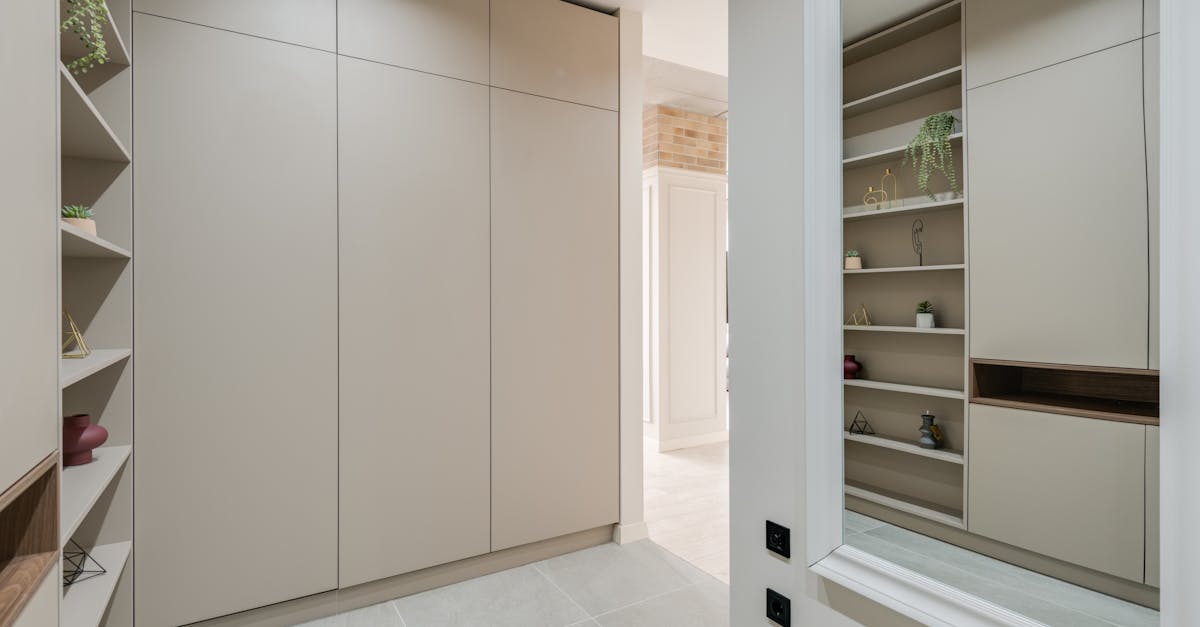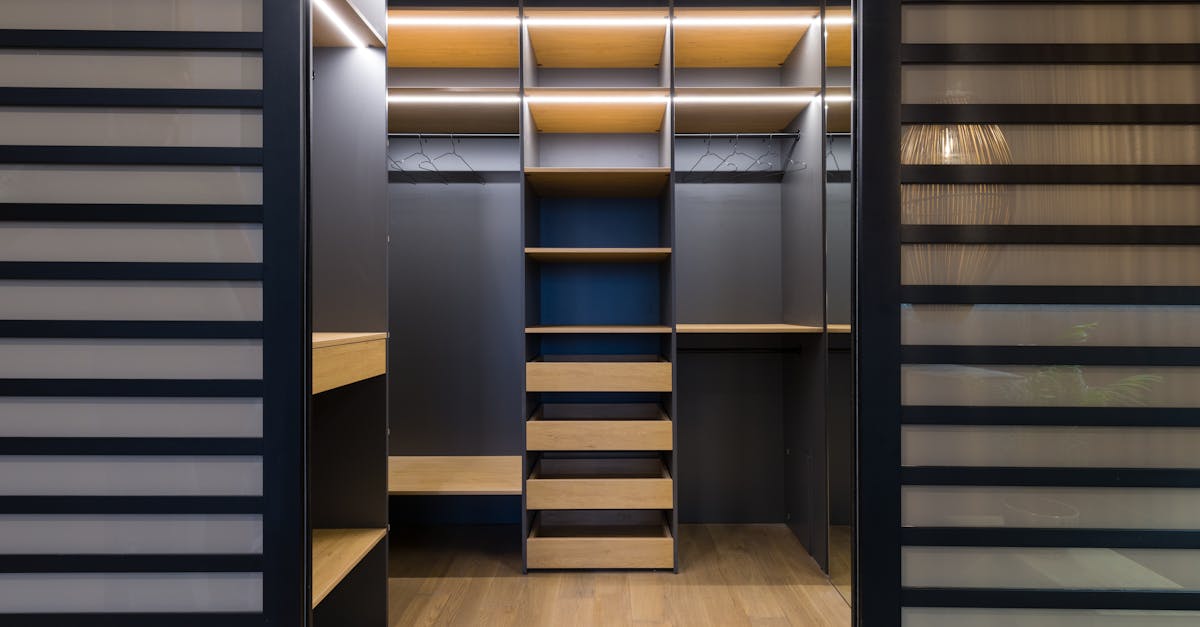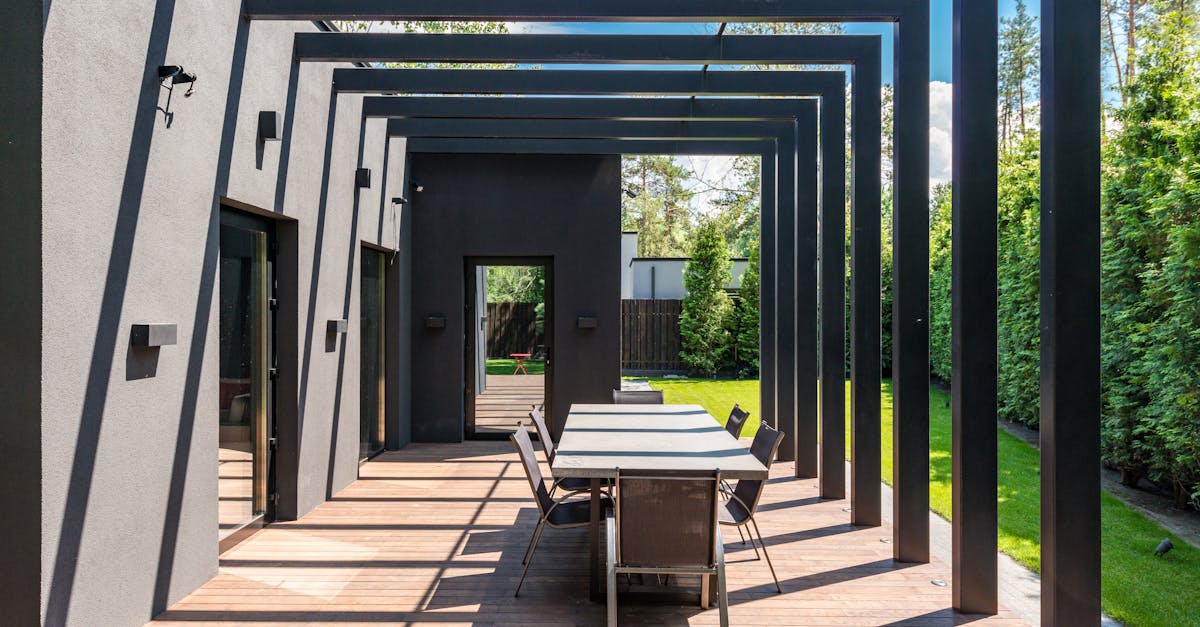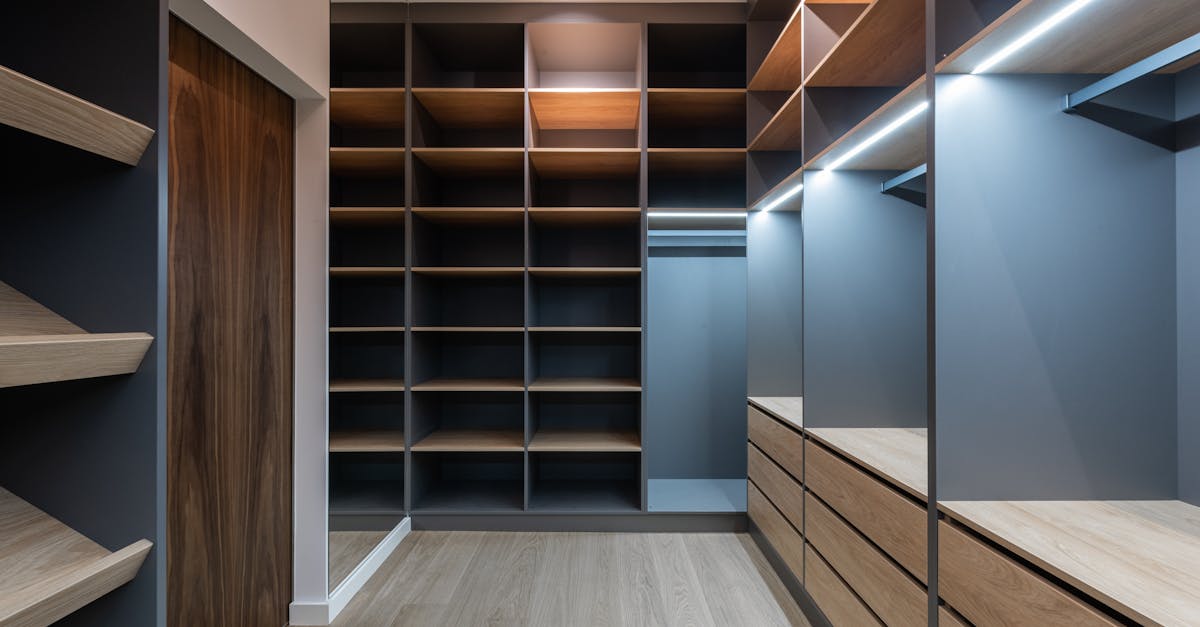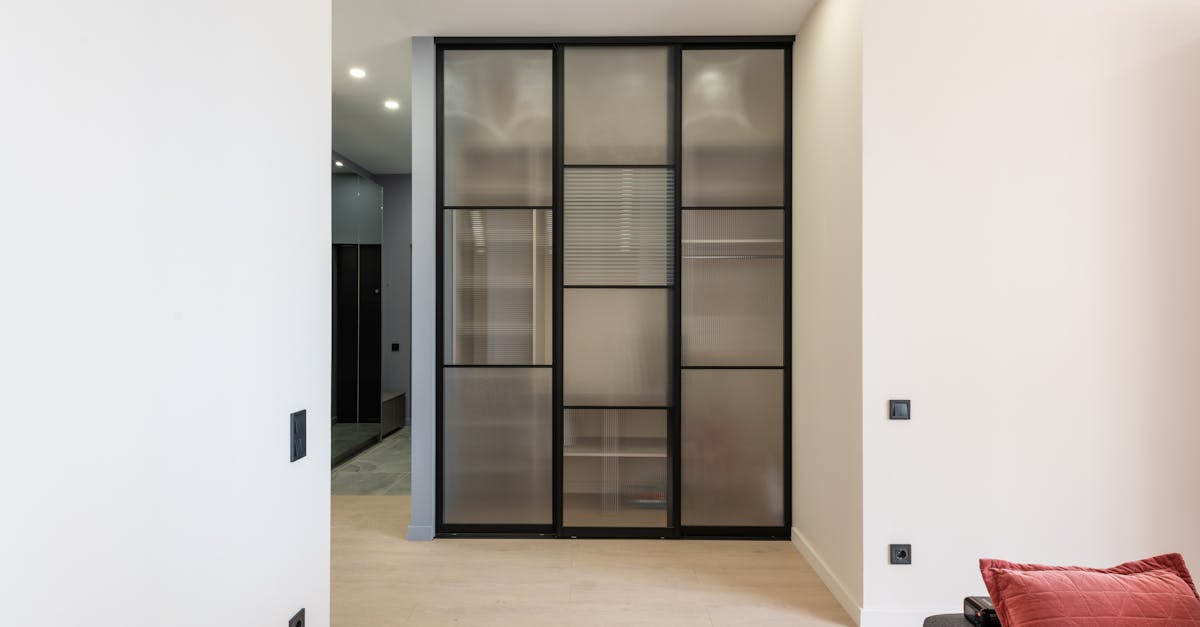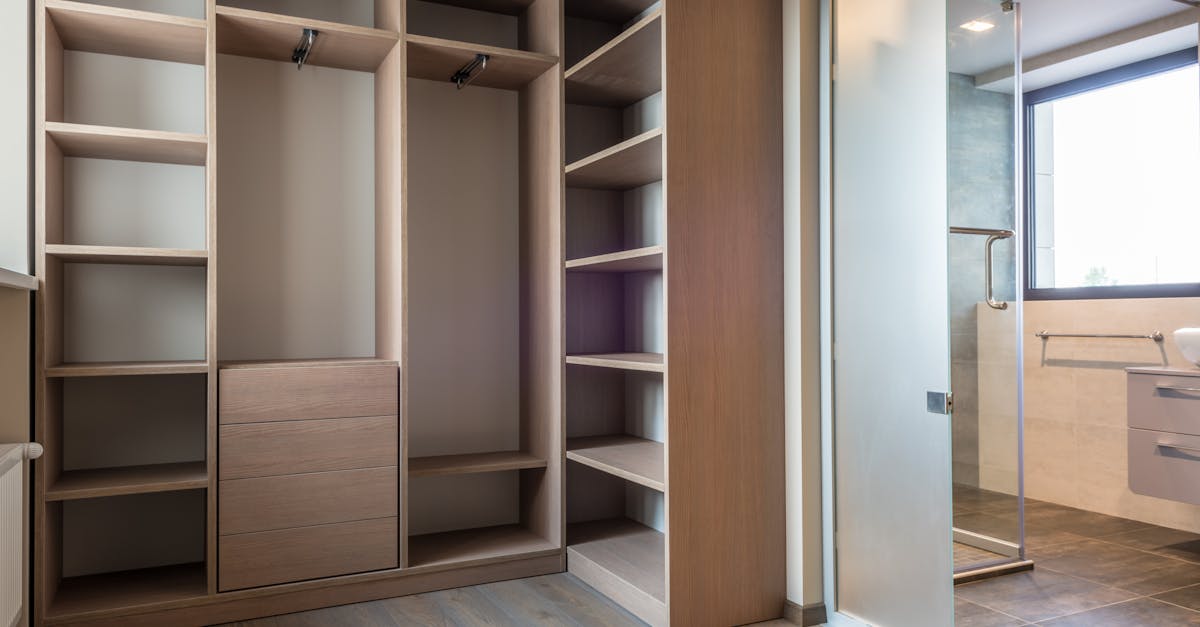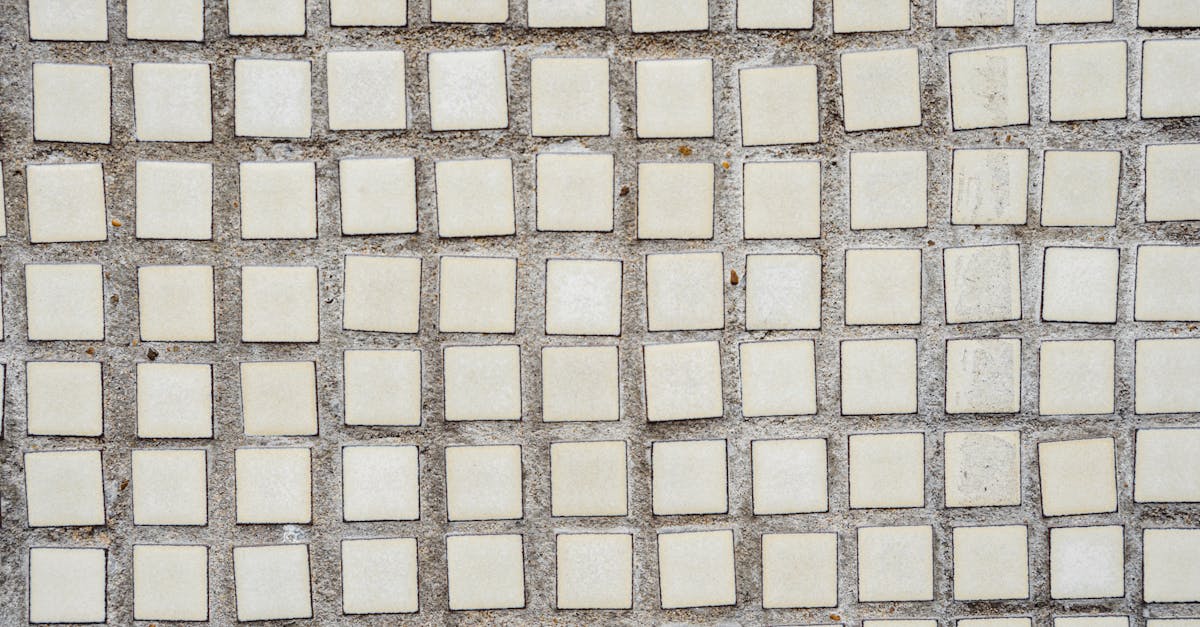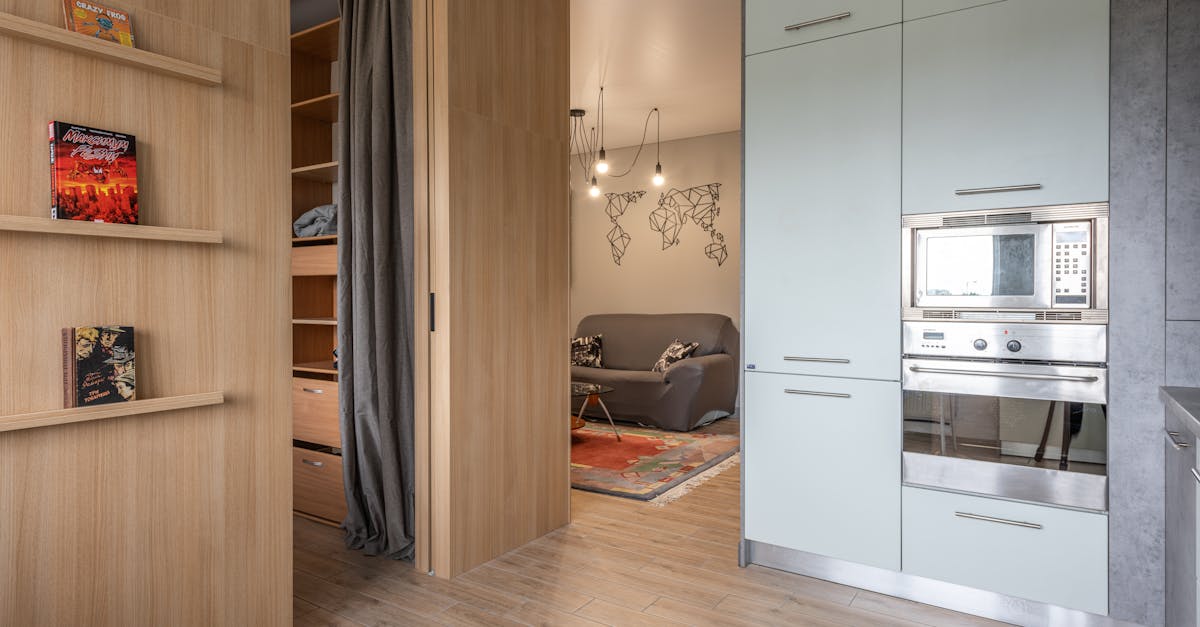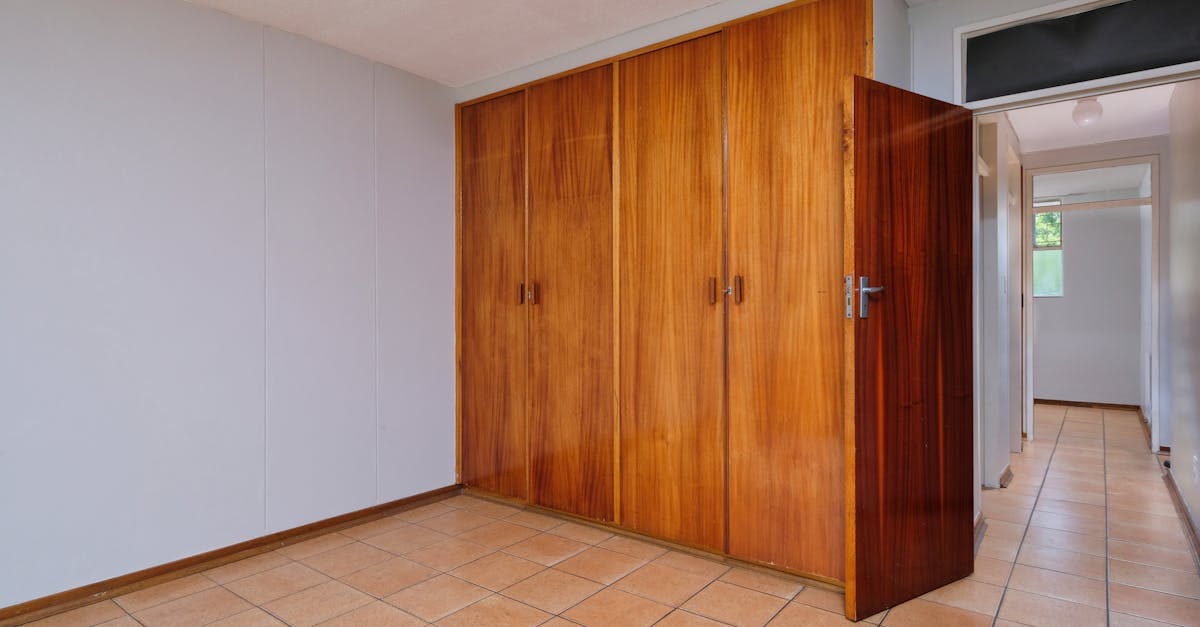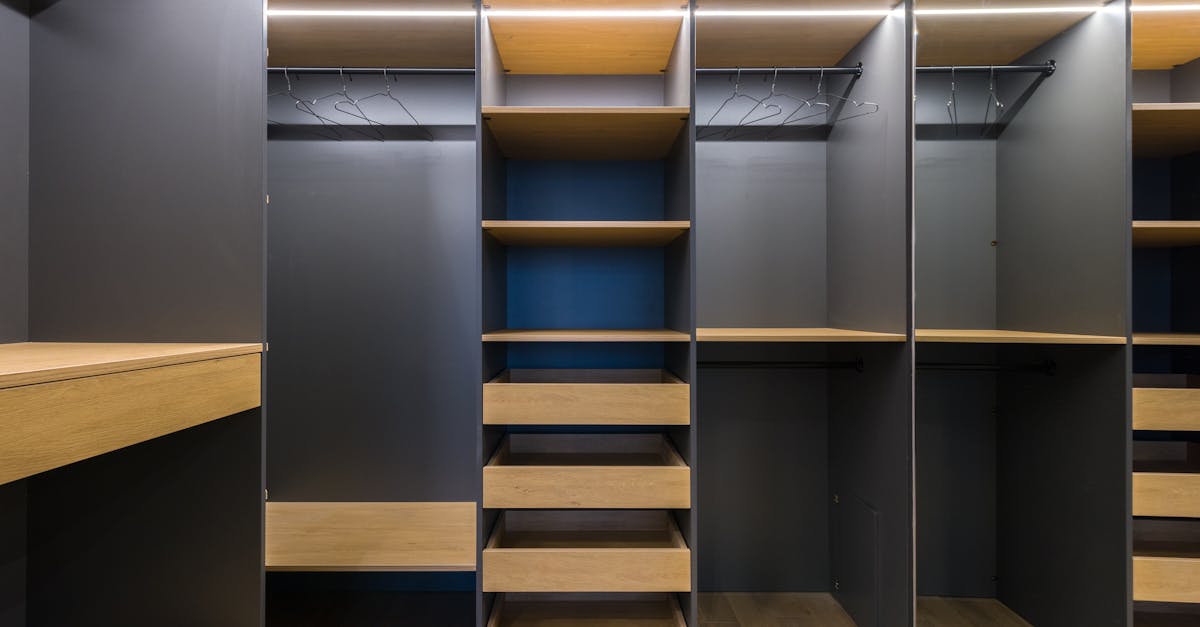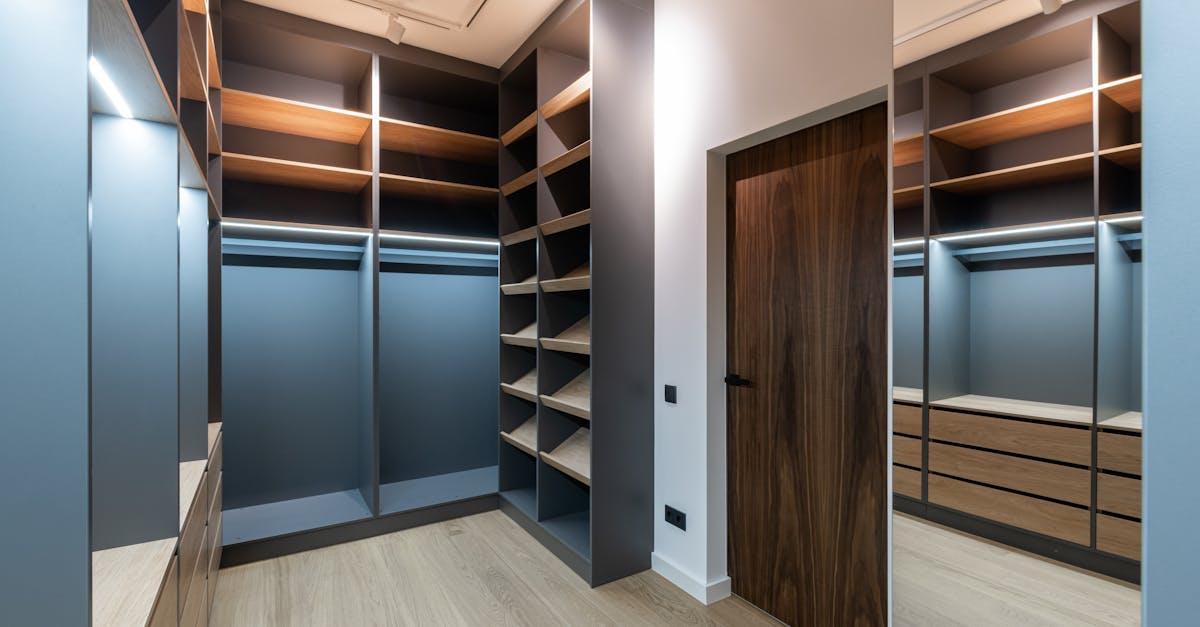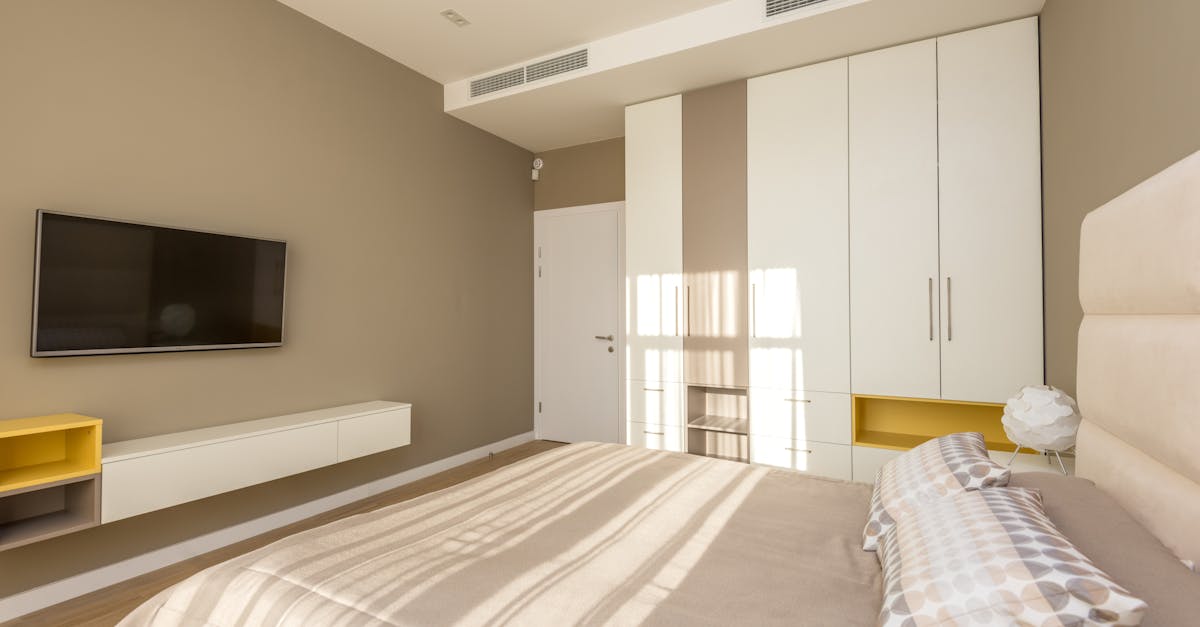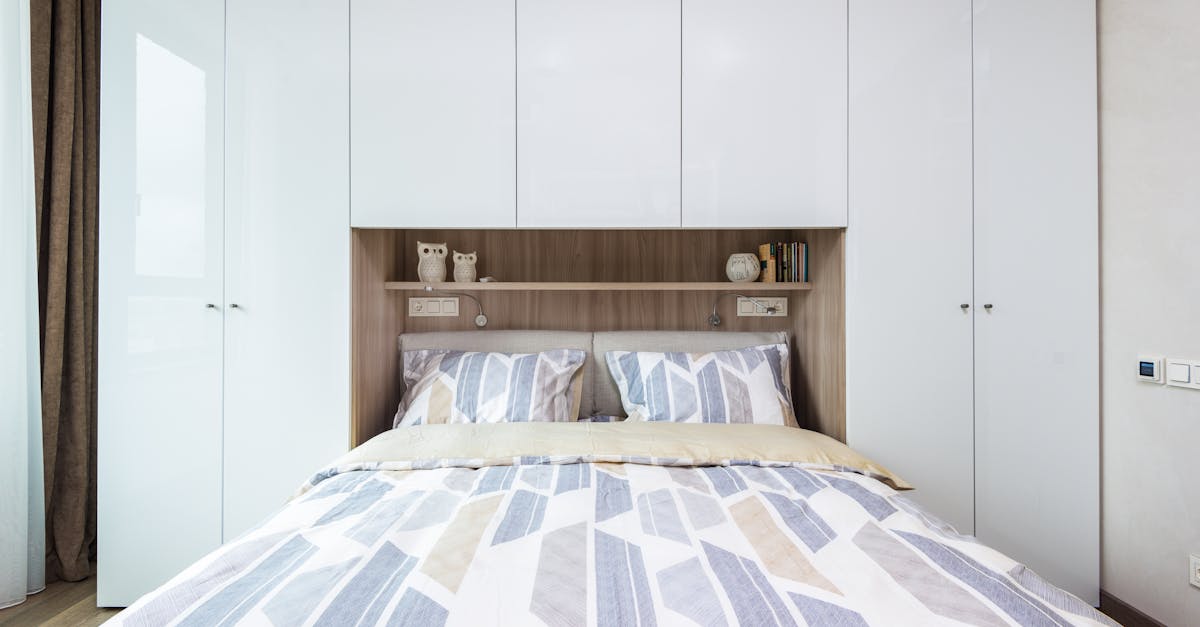
Table Of Contents
Maintenance for Wooden Wardrobes
To ensure the longevity of your built-in wardrobes, regular maintenance is essential. Wood is a natural material that may be prone to warping or cracking if not cared for properly. Start by dusting surfaces frequently with a soft cloth to prevent particles from scratching the finish. Avoid using harsh chemicals, as they can damage the wood. Instead, opt for a mild soap solution when deeper cleaning is necessary.
Humidity levels can also affect wooden built-in wardrobes. During high humidity seasons, consider using a dehumidifier to maintain balanced moisture in the air, which can help prevent warping. In contrast, dry conditions may require occasional application of wood polish to keep the finish intact and prevent cracking. By paying attention to the environment and using suitable cleaning methods, you can preserve the beauty and functionality of your built-in wardrobes for years to come.
Best Practices for Longevity
Regular cleaning is essential for ensuring the longevity of built-in wardrobes. Dust and debris can accumulate in nooks and crannies, which may lead to damage over time. Using a soft microfiber cloth to wipe surfaces weekly can help maintain their appearance. Additionally, applying a wood conditioner or polish periodically can enhance the finish and protect the material from wear and tear. Regular inspections for signs of wear, such as scratches or chips, will help catch potential issues early.
Organizing the contents inside built-in wardrobes also plays a critical role in their longevity. Avoid overloading shelves or placing heavy items on weaker structures, as this can warp or weaken the materials over time. Utilizing organizers, such as bins or dividers, helps distribute weight evenly and keeps everything in place. Arranging items by frequency of use can minimize the risk of unnecessary movement, ensuring that the wardrobes remain functional while preserving their integrity.
Maintaining Sliding Doors
Maintaining sliding doors on built-in wardrobes ensures smooth operation and prevents unnecessary wear. Regularly check the tracks for dirt and debris that can hinder movement. A clean track allows the doors to glide easily, reducing strain on the rollers. Additionally, inspect the rollers themselves for signs of damage or wear. Lubricating the rollers with a silicone spray or graphite can keep them functioning properly.
Over time, misalignment can occur, which might lead to difficulty in opening and closing the doors. A simple adjustment can restore balance, enhancing the longevity of your built-in wardrobes. Ensure that any screws or fittings are tightened to keep the structure stable. Regular attention to these details will maintain both the aesthetics and functionality of the wardrobe.
Keeping Tracks and Rollers in Good Condition
To ensure smooth operation, keeping the tracks and rollers of built-in wardrobes in good condition is essential. Regularly inspect these components for dust, dirt, or debris that can accumulate over time. Cleaning the tracks with a soft cloth and mild detergent can help remove any buildup, making it easier for the doors to glide open and shut. Lubricating the moving parts with a silicone spray or similar product also plays a vital role in preventing friction and wear.
Additionally, check the alignment of the tracks and ensure that the rollers are securely attached. Misalignment can cause uneven wear and lead to malfunctioning doors. Tightening any loose screws or adjusting the roller height may help maintain proper function. By proactively caring for these features, you can extend the life of your built-in wardrobes and keep them looking and operating at their best.
Seasonal Care Tips
Seasonal care for built-in wardrobes is essential to ensure their longevity and functionality throughout the year. In warmer months, it's vital to check for any signs of moisture or humidity that may arise from increased heat. High humidity can damage wood finishes and promote mold growth. It is advisable to maintain proper airflow around the wardrobe, perhaps by adjusting the positioning of nearby furniture and ensuring vents are unobstructed.
As the colder months approach, homeowners should be vigilant about changes in temperature and humidity levels. Sudden fluctuations can lead to wood expansion and contraction, potentially causing warping. It's beneficial to keep the indoor environment stable by using dehumidifiers or humidifiers as needed. Regularly inspecting the built-in wardrobes for any signs of wear, cracks, or peeling can help mitigate long-term issues and maintain their appearance.
Preparing Your Wardrobe for Different Weather
Weather changes can greatly affect the condition of built-in wardrobes. During humid months, moisture can seep into wooden materials, leading to warping or mold growth. Regularly checking for signs of dampness and using dehumidifiers or moisture absorbers can help to mitigate these effects. It’s also wise to keep the wardrobe doors closed to prevent excessive humidity from affecting the materials inside.
In colder seasons, built-in wardrobes may face temperature fluctuations that can impact wood integrity. Ensuring that the wardrobe is located away from heating sources is crucial in maintaining its stability. Additionally, consider using a soft polish on wooden surfaces to provide an extra layer of protection against dry air. Proper ventilation helps keep the air circulating, reducing the risk of any musty smells or damage.
FAQS
How often should I clean my built-in wardrobe?
It’s recommended to clean your built-in wardrobe at least once every season to prevent dust build-up and maintain its appearance.
What is the best way to clean wooden wardrobes?
Use a soft, lint-free cloth with a mild wood cleaner or a mixture of water and vinegar. Avoid harsh chemicals that can damage the finish.
How can I prevent my sliding doors from sticking?
Regularly clean the tracks and check for any debris or obstructions. Applying a silicone-based lubricant can also help keep the sliding doors functioning smoothly.
What should I do if my wardrobe doors are misaligned?
Check the rollers and adjust them as necessary. If the problem persists, you may need to consult a professional for repairs.
How can I protect my wardrobe from seasonal changes?
Use moisture absorbers in humid weather and ensure proper ventilation to prevent mold growth. During dry seasons, consider using a humidity control system to maintain balance.

